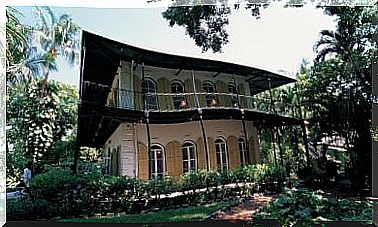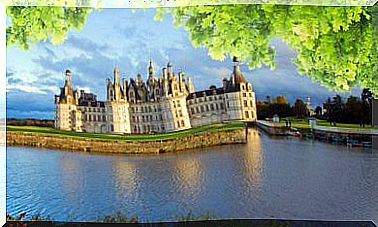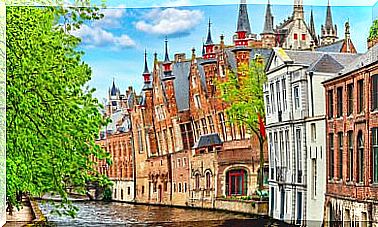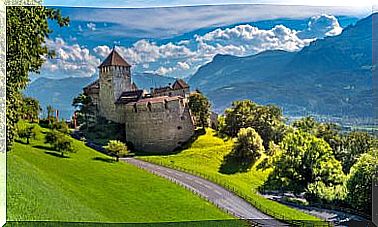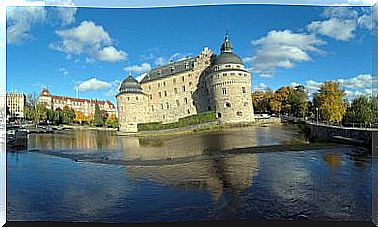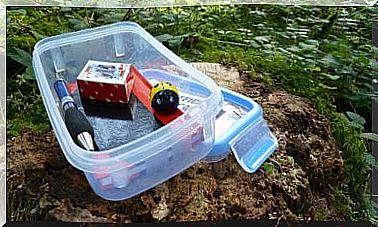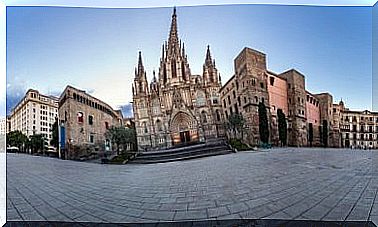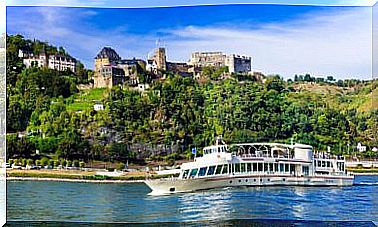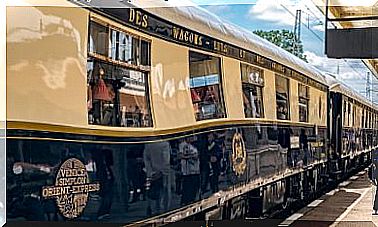Isabel La Católica And Her Art Collection
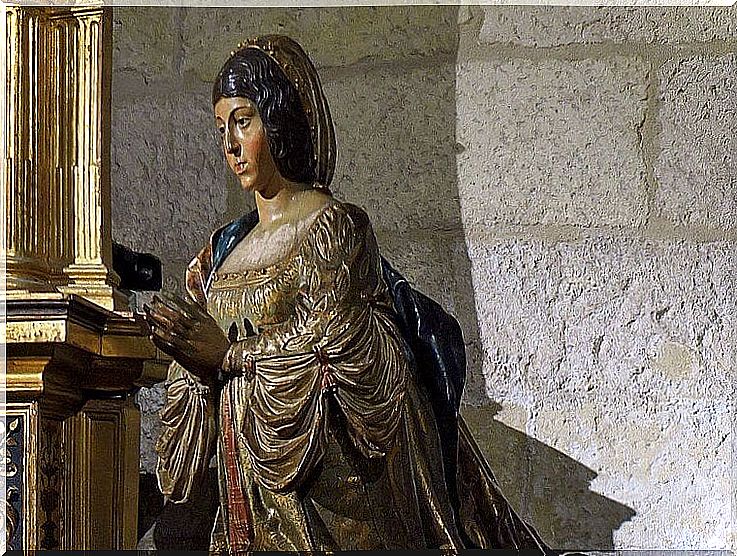
Isabel la Católica is considered one of the first patrons in the history of Spain. Her taste for art led her to be the owner of hundreds of pieces of jewelry, painting, sculpture, ceramics, tapestries, reliquaries and books, especially the illuminated ones. Do you want to know where to find most of them?
Its museum in the Royal Chapel of Granada
The last stronghold of Al-Andalus, the Kingdom of Granada, was the obsession of the Catholic Monarchs, and especially Isabel, until his death. In love with the city, she left being buried there as one of her last wishes. Specifically, in an austere chapel for which he left money in his will.
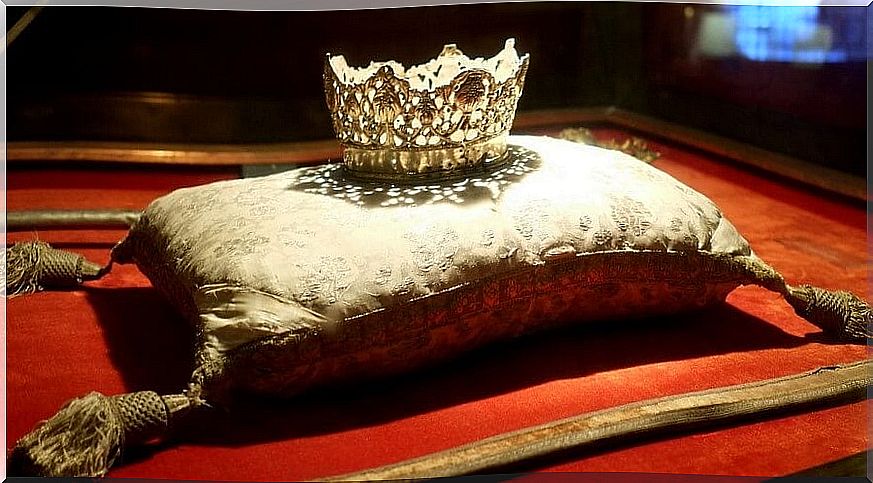
This chapel ended up being somewhat more sumptuous than she would have wanted, due to the wishes of her husband, Ferdinand the Catholic, and her grandson, Emperor Charles V. In it, in addition to its impressive tomb carved by the Italian Domenico Fancelli , we can find a small museum that exhibits part of its art collection.
This museum is also the result of the queen’s testament, because in it she made it clear that the relics she owned and her personal jewels should be deposited in the cathedral of Granada. And, after the opening of the Royal Chapel to the public, this small museum was opened so that everyone could enjoy one of the most important art collections in Spain.
The Isabel la Católica collection
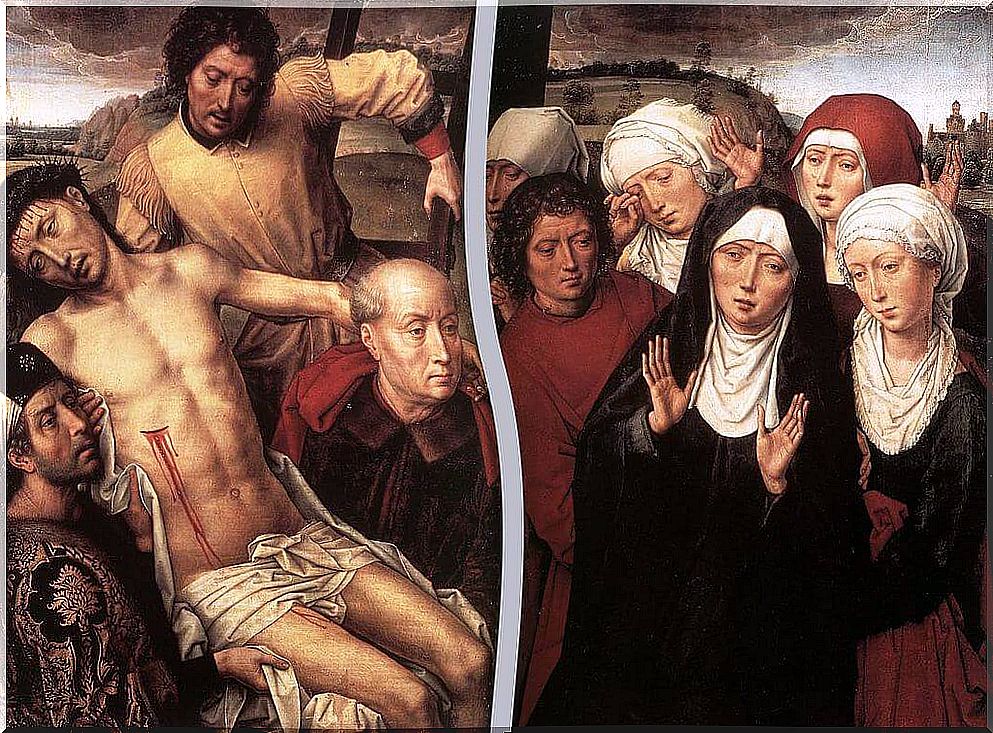
Thus, not only his royal crown and his scepter are exhibited, but also a series of personal reliquaries among which the reliquary of the Lignum Crucis stands out . It is a precious piece of art in which the tree of Jesé opens to embrace the chamber in which the relic of the Holy Cross is located.
Its mirror and its jewelery box are other wonders that are kept in the Royal Chapel of Granada. But what stands out the most is the large number of flamenco tables by the best artists of the moment. In this way, in his private collection he had works by artists of the stature of Hans Menling and Rogier Van der Wyden, among others.
Highlights include The Adoration of the Child by Roger Van der Weyden and the Descent by Hans Memling. Isabel also set her sights on Italy, where the Renaissance style was in vogue. Thus, in his collection we can find two works by distinguished Italian painters: The Prayer in the Garden , a small painting attributed to Sandro Botticelli and Christ by Pietro Perugino.
But Isabel was not only looking outside of Spain, but would also make requests to Spanish artists such as Pedro Berruguete and Bartolomé Bermejo. The first is a Saint John the Evangelist on Patmos , while the second is a panel painted on both sides: one The Epiphany and the other The Holy Face .
The rest of the property of Isabel la Católica
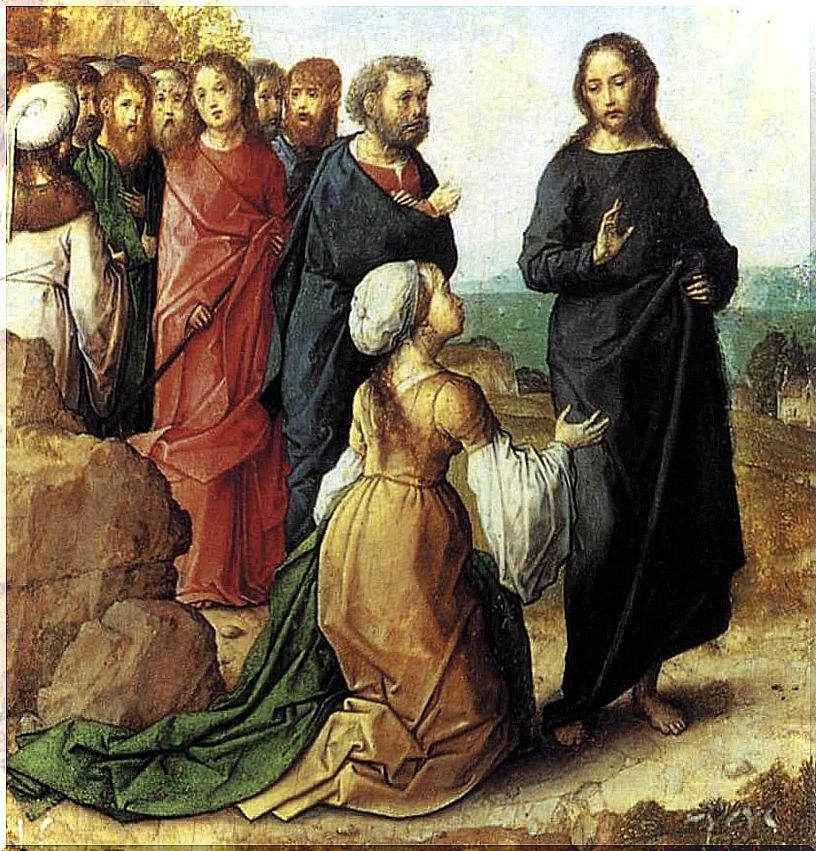
The rest of the objects that made up its collections suffered different fates. Most were returned to those who had gifted them to the queen. Others were inherited by his daughter Juana, others remained in the Alcázar of Segovia – where the queen spent long periods of time – and many others were sold. Thus, his collection was scattered and many objects have been lost.
This is what happened with the more than 300 tapestries that Isabel had collected. Few of them remain in the Palacio de la Granja de San Ildefonso. Specifically, there are two anonymous flamenco style entitled The Birth of Jesus and The Tree of Jesé and one attributed to Pierre Van Alest, entitled The Mass of Saint Gregory .
Other pieces are kept in churches, cathedrals, convents and monasteries throughout Spain, having been express donations from the queen or posthumous purchases. This is the case of the great custody of Corpus Christi that he gave to Granada or that bought by Cisneros for Toledo.
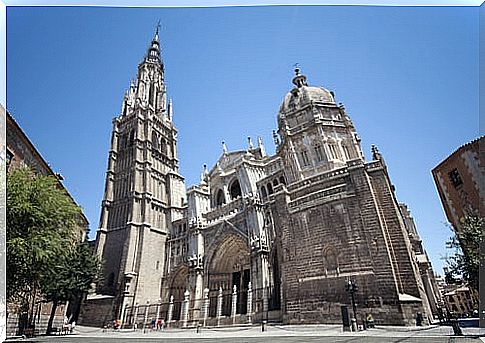
Main photography: José Luis Filpo Cabana / Wikimedia Commons
